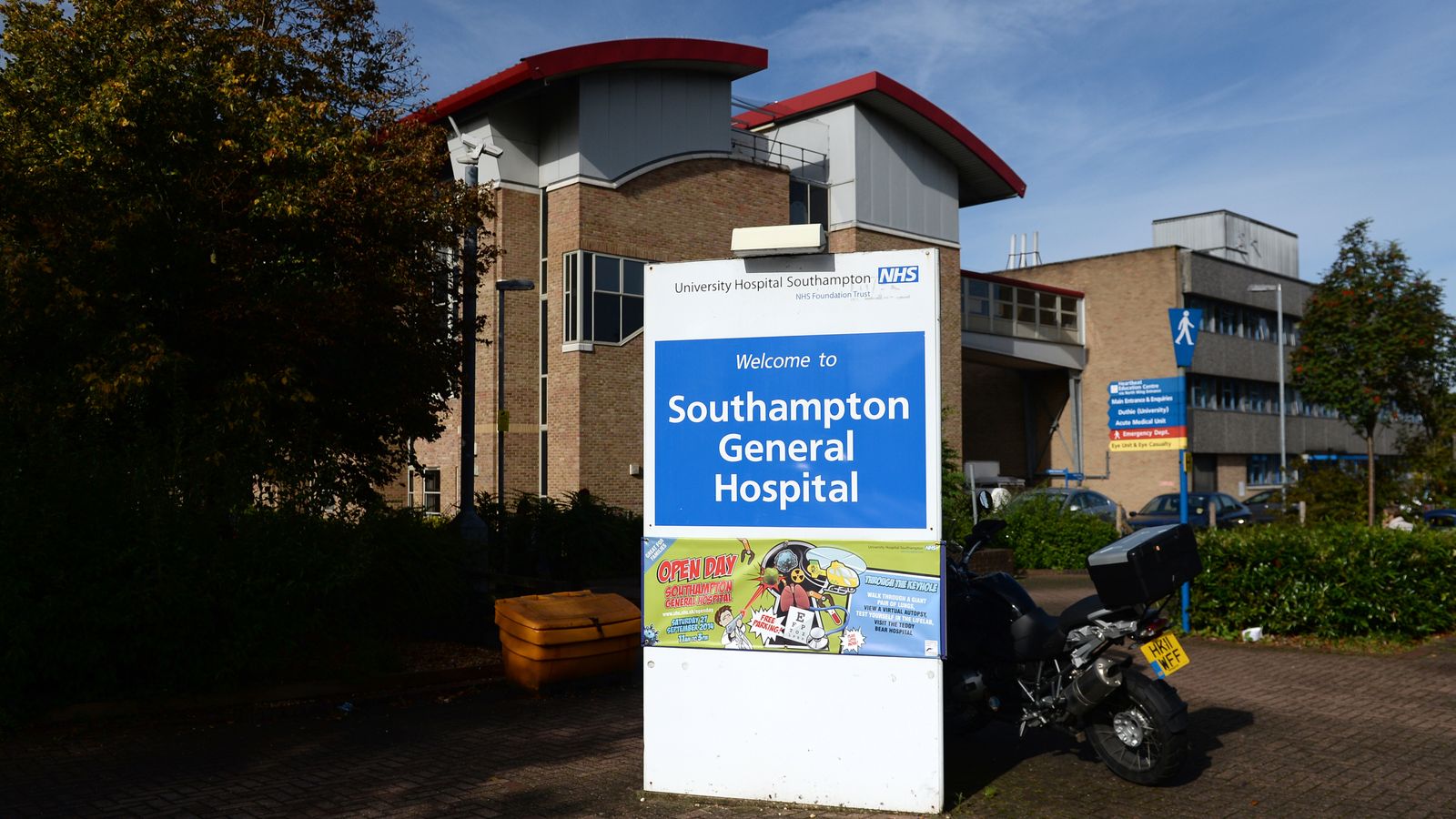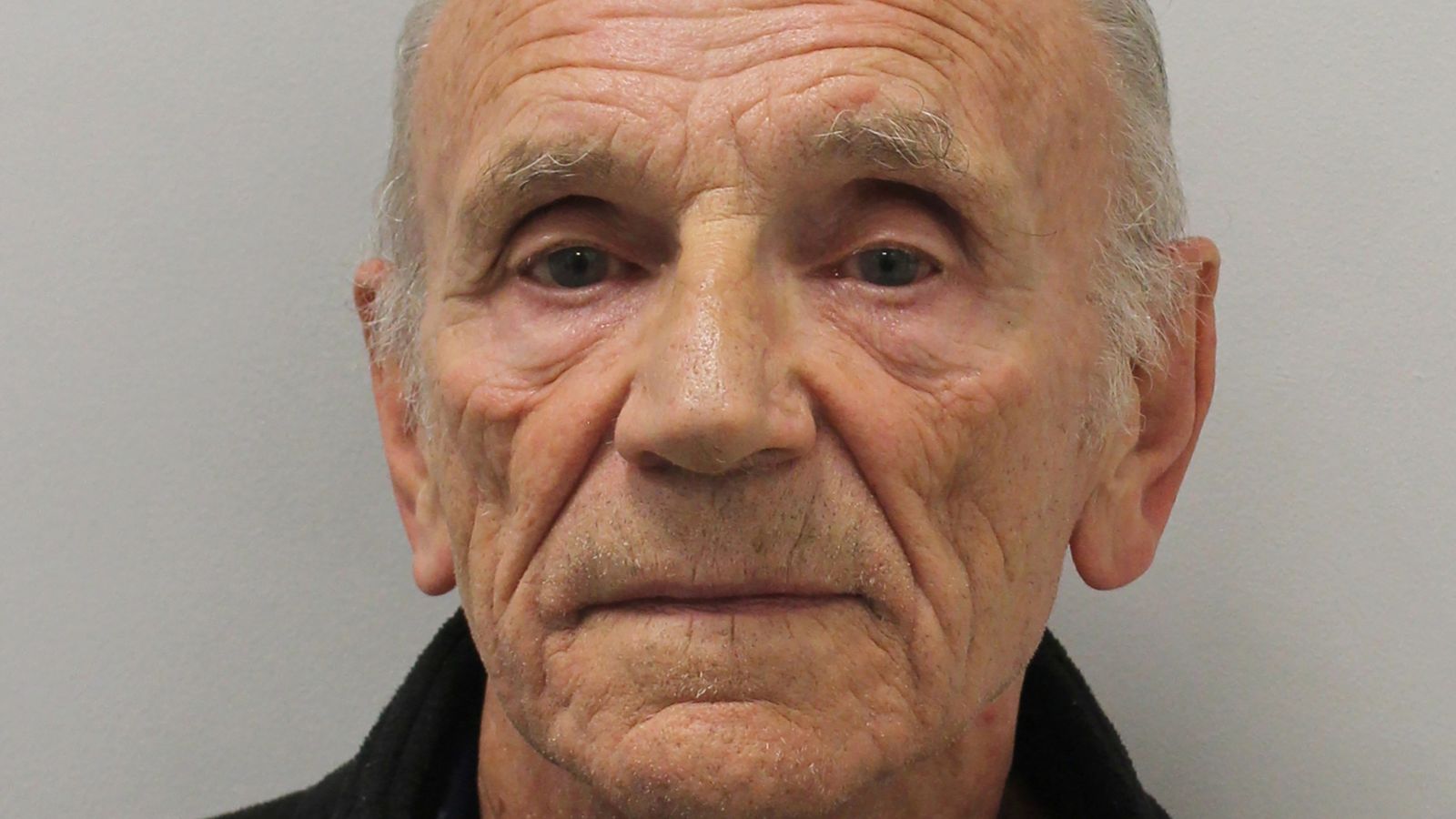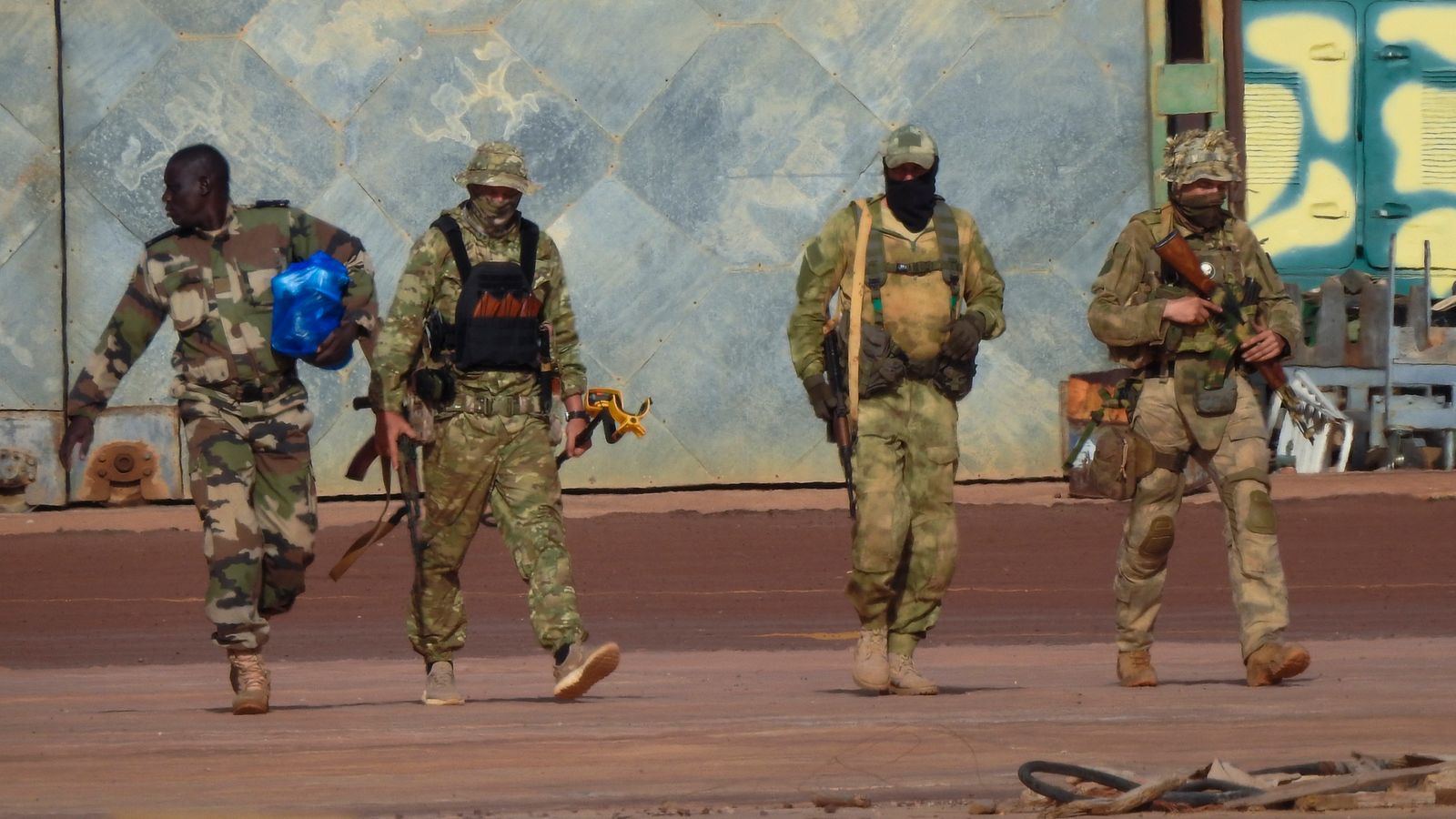The number of hospitals confirmed to be affected by unsafe concrete has risen dramatically.
The Department of Health has published a list of 42 hospitals in England that have evidence of reinforced autoclaved aerated concrete (RAAC) – 18 more than were previously made public.
• See the full list below
Sir Julian Hartley, chief executive of NHS Providers, said: “This old concrete (RAAC) puts patients and staff at risk and the picture is getting worse.
“We feared that even more of this unsafe material would be found in hospitals and NHS buildings by government-ordered surveys.”
RAAC is a cheap, lightweight, ‘bubbly’ material that was used in construction between the 1950s and 1990s, when a report found structural deficiencies meant it only has a lifespan of around 30 years.
Please use Chrome browser for a more accessible video player
It was mostly used for flat roofs – but also in walls and floors.
Cardiff: St David’s Hall to stay shut until 2025 over RAAC concerns
‘Massive disruption’ as Pembrokeshire hospital with crumbling RAAC concrete forced to close half of its wards
RAAC: Collapse-prone concrete found in parliament
Investigations into RAAC in schools were stepped up in 2018 when the roof of a primary school in Gravesend, Kent collapsed without warning.
The government announced in September that 104 education “settings” had been identified as having reinforced autoclaved aerated concrete (RAAC) – on top of the 52 already investigated this year.
The unsafe concrete was also found in other public buildings, such as hospitals, schools and a shopping centre.
NHS Providers previously identified 14 of its hospitals, which were constructed “either wholly or in major part with RAAC”.
It said seven were considered “critical” and not fit for purpose beyond 2030.
Read more:
Which buildings are at risk of concrete collapse?
St David’s Hall to stay shut until 2025 over RAAC concerns
Separately, in Wales, an internal major incident was declared at Withybush Hospital in Pembrokeshire in September after RAAC was found in three wards – all of which had to be closed.
Four office buildings, part of the restaurant and a chapel were closed at Nevill Hall Hospital in Abergavenny after RAAC was identified there.
The material was also found in a “limited part” of Bronglais Hospital in Ceredigion.
Separately, in Scotland, 254 hospital buildings were placed under investigation last month.
This includes 53 from NHS Grampian, 44 from Greater Glasgow and Clyde, 35 from Lothian, 25 from Highland, 22 from Fife, eight from Forth Valley, and seven from the Borders.
Be the first to get Breaking News
Install the Sky News app for free
The Scottish government said at the time there was “no evidence” that any of the buildings were unsafe.
Here’s the full list of affected hospitals in England:
East of England
North Cambridgeshire Hospital – Wisbech
James Paget Hospital
Broomfield Hospital
Norwich Community Hospital
Hinchingbrooke Hospital
Stamford and Rutland Hospital
The Queen Elizabeth Hospital
West Suffolk Hospital
London
Chase Farm Hospital
Homerton University Hospital
University Hospital Lewisham
Royal Free Hospital
Midlands
Haywood Hospital
Russells Hall
The Princess Royal Hospital
NE and Yorkshire
Airedale General Hospital
Barnsley Hospital
Harrogate Hospital
University Hospital of North Tees
Scunthorpe General Hospital
James Cook Hospital
Scarborough General Hospital
North West
Blackpool Victoria Hospital
Countess of Chester Hospital
Royal Blackburn Hospital
University Hospital Aintree
North Manchester General
Wythenshawe Hospital
Leighton Hospital
Salford Royal Hospital
The Royal Oldham Hospital
Stepping Hill Hospital
Clatterbridge Hospital
South East
Frimley Park Hospital
Medway Maritime Hospital
Churchill Hospital
Guildford Hospital
St Marys Community Hospital
Southampton General Hospital
St Richard’s Hospital
North Devon District Hospital
Derriford Hospital








